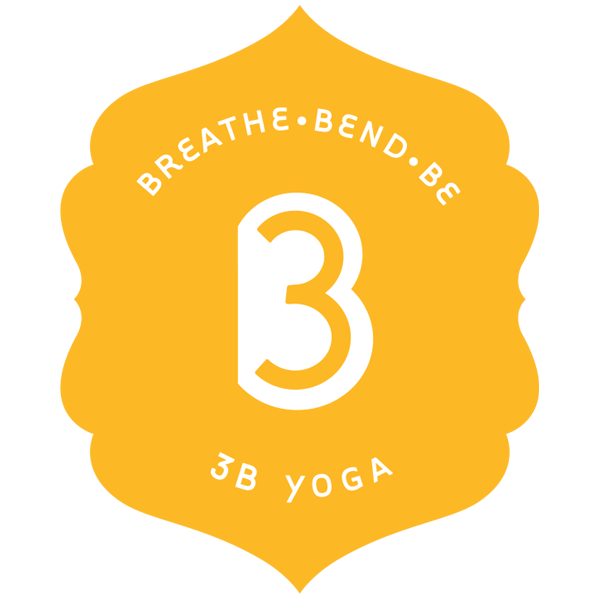Cultivating Compassion & Peace for the end of 2020
To say that 2020 has thrown some curveballs would be a complete understatement. For many, this year has brought swirls and tornadoes of emotion, uncertainty, and confusion among many different hardships for the world and community. We have been inspired by the resilience of the world and by the awakening of communities to arise to challenges and needed changes on all scales. Yoga makes all of the difference; whether youʼve practice Ashtanga Yoga, have joined one of our gentle or meditation classes in Utah county, or have practiced at home this year, we stand with you in creating a come compassionate and peaceful world for us all, one yoga practice at a time.
Here are some of the recent loves and insights weʼve been exploring. Enjoy and may you feel the love that we have for each of you here.
Tips to build a compassionate and peaceful practice:
1) Allow change & invite variation
Free yourself from the idea that your shapes and practice need to look the same each time you get on the mat or that your “progress” is something that can be reduced to physical accomplishments. While you are on your mat, invite in different ways of taking shapes, even ones you may already be familiar with. Always grab your toe? Bring a block under your hand. Using a strap in your seated forward folds? Try placing a foam block or rolled blanket on top of the extended leg(s) and resting your forehead there while reaching your arms
forward and touching the ground.
The point is, you donʼt have to be in one certain place to offer yourself compassion and breath. Let your practice teach you to allow change and variations of life and lean on the breath for support.
2) Create a serene environment
At home or in the studio, find a place that you feel a little bit more at ease in and bring in any props that you would like to use and experiment with for your practice. If coming into the studio, you might even arrive a few minutes early so that you can begin to create an internal environment of slowing down and take your time to gather and meet yourself where youʼre at for the day.
At home, you might use soft lighting, candles, music, etc. to help you unwind and schedule the time in your planner or phone as a reminder to take time for yourself. Youʼre important and your peace matters too.
3) Self-study & reflection time
Consider incorporating a few moments each day or week to journal, pray, meditate, etc. on how you are feeling, what has been going on in your life, what lessons you are growing through at the moment, and what you would like to start inviting into your life. You might assist yourself with these self-reflection moments and bring in other tools to help you build your awareness and dive deeper such as talks/podcasts, books, music, etc.
Something to read: Radical Compassion by Tara Brach
One of our very favorite reads of 2020! Full of meditations and reflections, this book gives you practical tools to explore your life, emotions, and situations with the grace of pausing and becoming curious rather than defaulting to automatic responses.
Something to listen to: Ashtanga Dispatch Podcast-Episode 54: Dena Kingsberg
This podcast episode centers around an interview done with Dena Kingsberg and Peg Mulqueen. Enjoy this chat all about offering a change of pace to practice and the loving gift and guidance that chanting can offer.
A yoga posture to explore: Supported Backbend
This variation of opening your heart and spine is one we come back to again and again for a simple and effective reset. This posture is helpful with lower back tension, anxious and spinning thoughts, and in expanding the upper body to support a more depth-full breath.
You will need 2-4 blankets for this shape. Any blankets you have around will work, though throw blanket sizes tend to be easiest to set up and work with.
Start by folding your first blanket into a rectangular shape. To do this, take an open blanket and fold in half three times, the thickness being about 1-2 inches once folded up. Place the blanket on your mat, vertically. You will be lying down on the blanket with most of your back and pelvis supported by the blanket.
Feel around on your back for the place where your shoulder blades begin to come together, this is the place that will be placed on the edge of the blanket with the lower back and pelvis on the blanket while the shoulder blades, neck, and skull are on the mat. Plant both feet on the ground, knees up and hip-distance apart. Turn the heels out to the sides of the mat, and let the inner part of each knee come together. Arms out to the sides to comfortably relax your shoulders.
Now, notice the lower ribs. Is there an up out shape being made here? If not, slide off the blanket and add one more blanket (same fold) to the stack. Is there any neck or shoulder pain here? Consider bringing a blanket under the skull and neck to support and relieve tension.
We always recommend covering up as the body tends to cool down once still! Grab another blanket to spread over the body and remain in your shape for 5-10 minutes. Breathe slowly and allow the gentleness of this shape to bring a wave of peaceful rest to your entirety.
An affirmation to repeat:
May my intentions and actions reflect light, love, and truth.
May my words toward self and others reflect light, love, and truth.
My thoughts and beliefs toward self and others reflect light, love, and truth.
